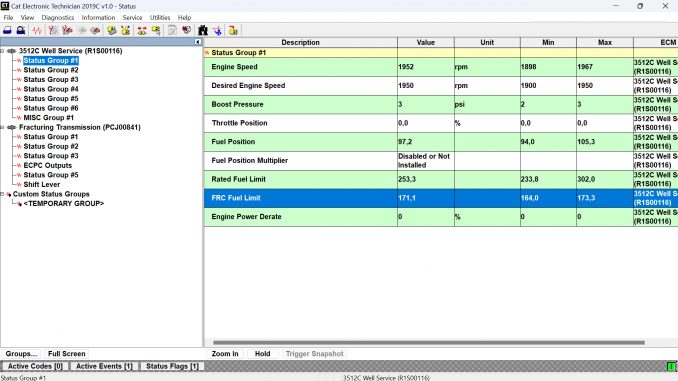
FRC – Fuel Ratio Control
The Fuel Ratio Control (FRC) system in Caterpillar engines is a critical component that manages the air-fuel mixture to ensure optimal performance and emissions compliance. Here’s an overview of how FRC fuel limits work in relation to boost pressure.
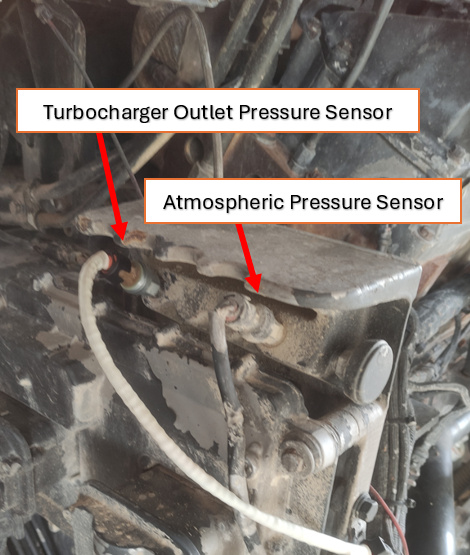
Related Product
FRC Fuel Limits
The Engine Control Module (ECM) in Caterpillar engines contains flash files that establish specific limits on the amount of fuel that can be injected into the engine. These limits, known as FRC fuel limits, are directly influenced by boost pressure.
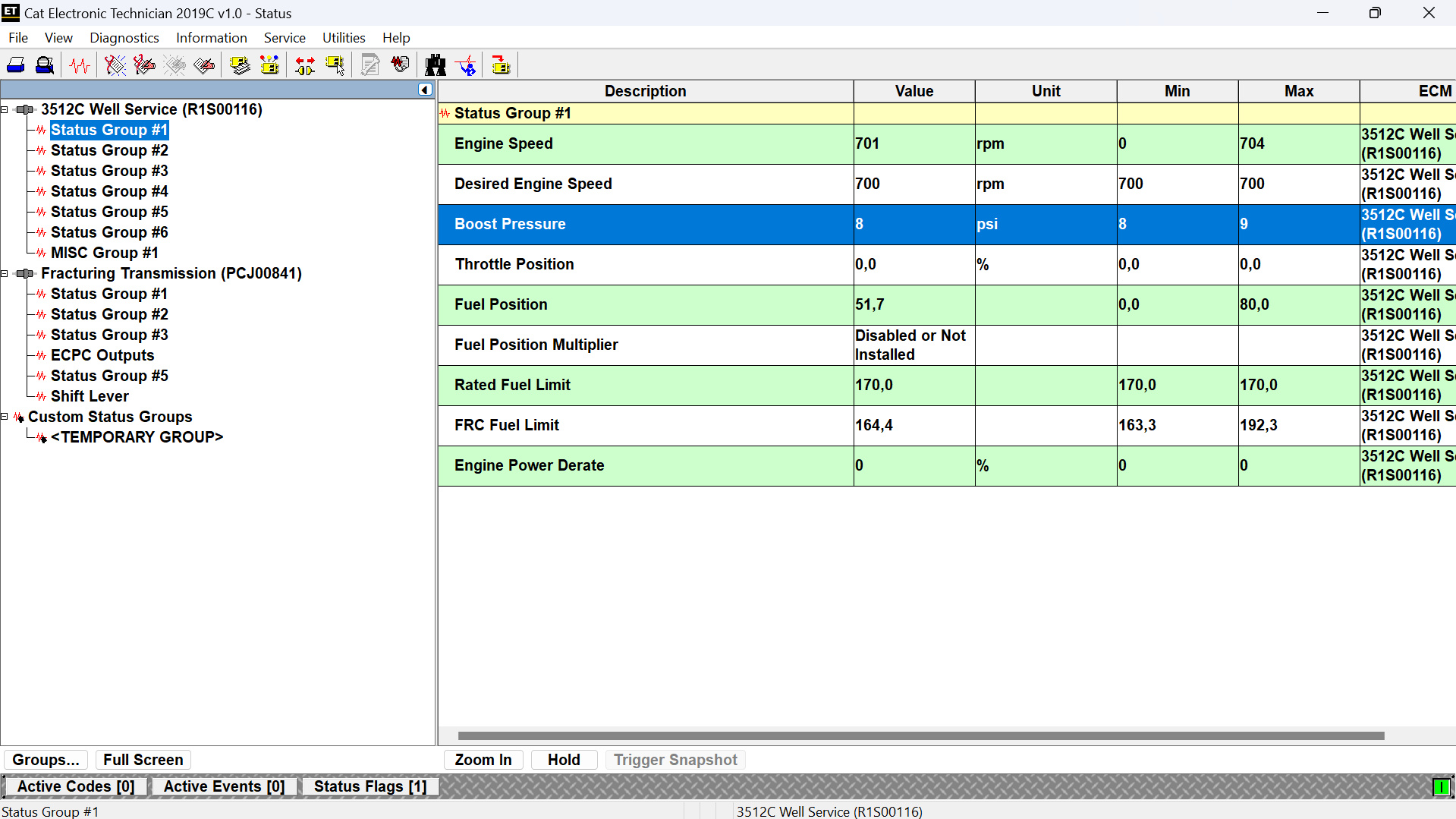
Boost Pressure and FRC Fuel Limits:
- Boost Pressure Definition: Boost pressure is the difference between atmospheric pressure and the pressure at the turbocharger outlet. This pressure is a key indicator of the amount of air available in the engine cylinders.
- FRC Fuel Limit Function: The FRC fuel limit is an air-fuel ratio control mechanism. It ensures that the correct amount of fuel is injected based on the air available, as determined by the boost pressure. This control is essential for maintaining emissions compliance and engine efficiency.
Example of FRC Fuel Limits and Boost Pressure Readings:
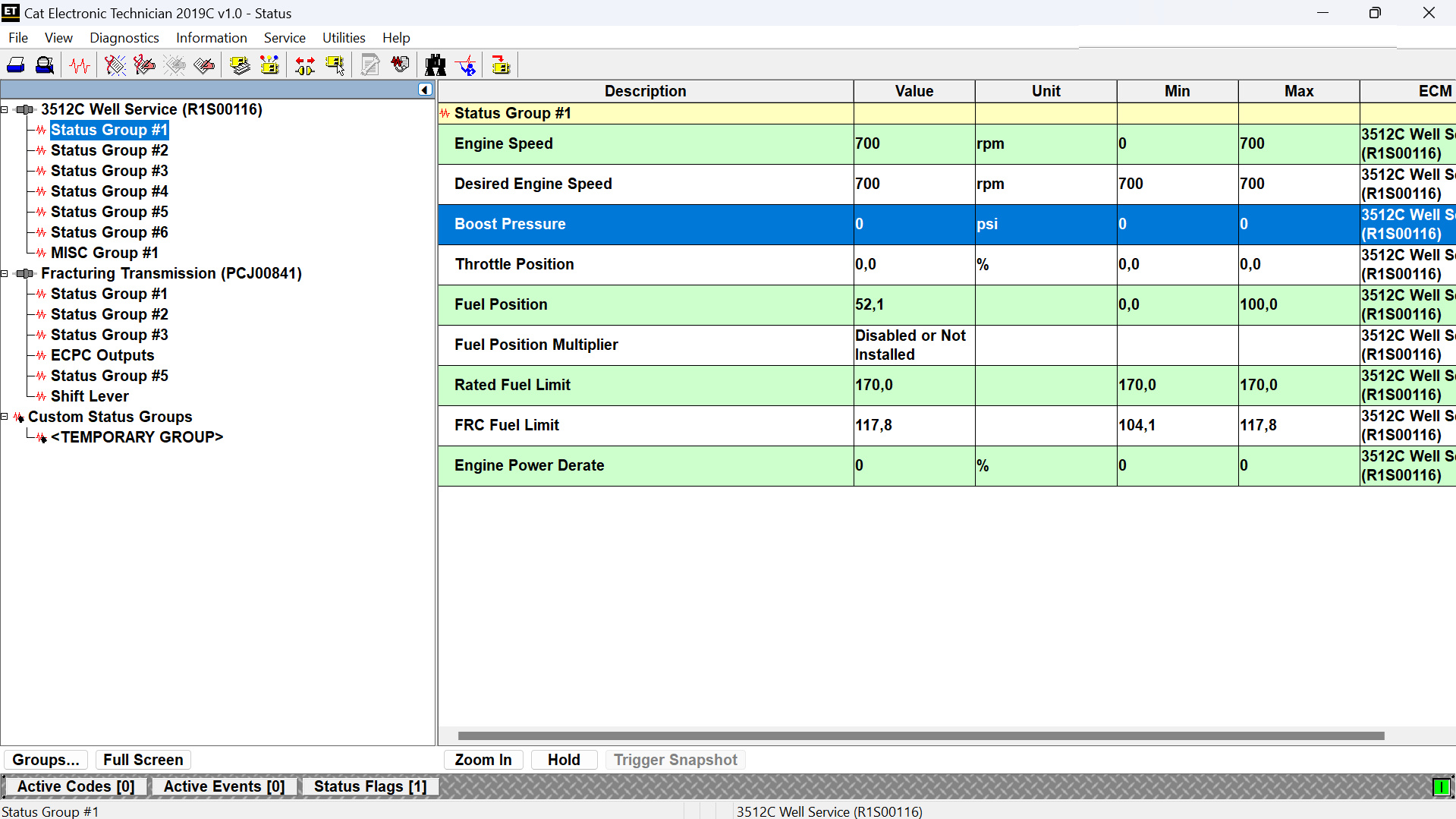
- Abnormal Boost Pressure:
- Reading: When the engine is idle at 700 rpm, an abnormal boost pressure reading might be around 8-9 psi.
- FRC Fuel Limit: In this scenario, the FRC fuel limit might be set to 164.4.
- Action: An abnormal boost pressure reading often indicates a malfunctioning turbocharger outlet pressure sensor. In this case, replacing the sensor (CAT part number 194-6724) is recommended.
- Normal Boost Pressure:
- Reading: After replacing the sensor, a normal boost pressure reading at idle (700 rpm) should be 0 psi.
- FRC Fuel Limit: With normal boost pressure, the FRC fuel limit would typically be reduced to 117.8.
Relationship Between Boost Pressure and FRC Fuel Limit:
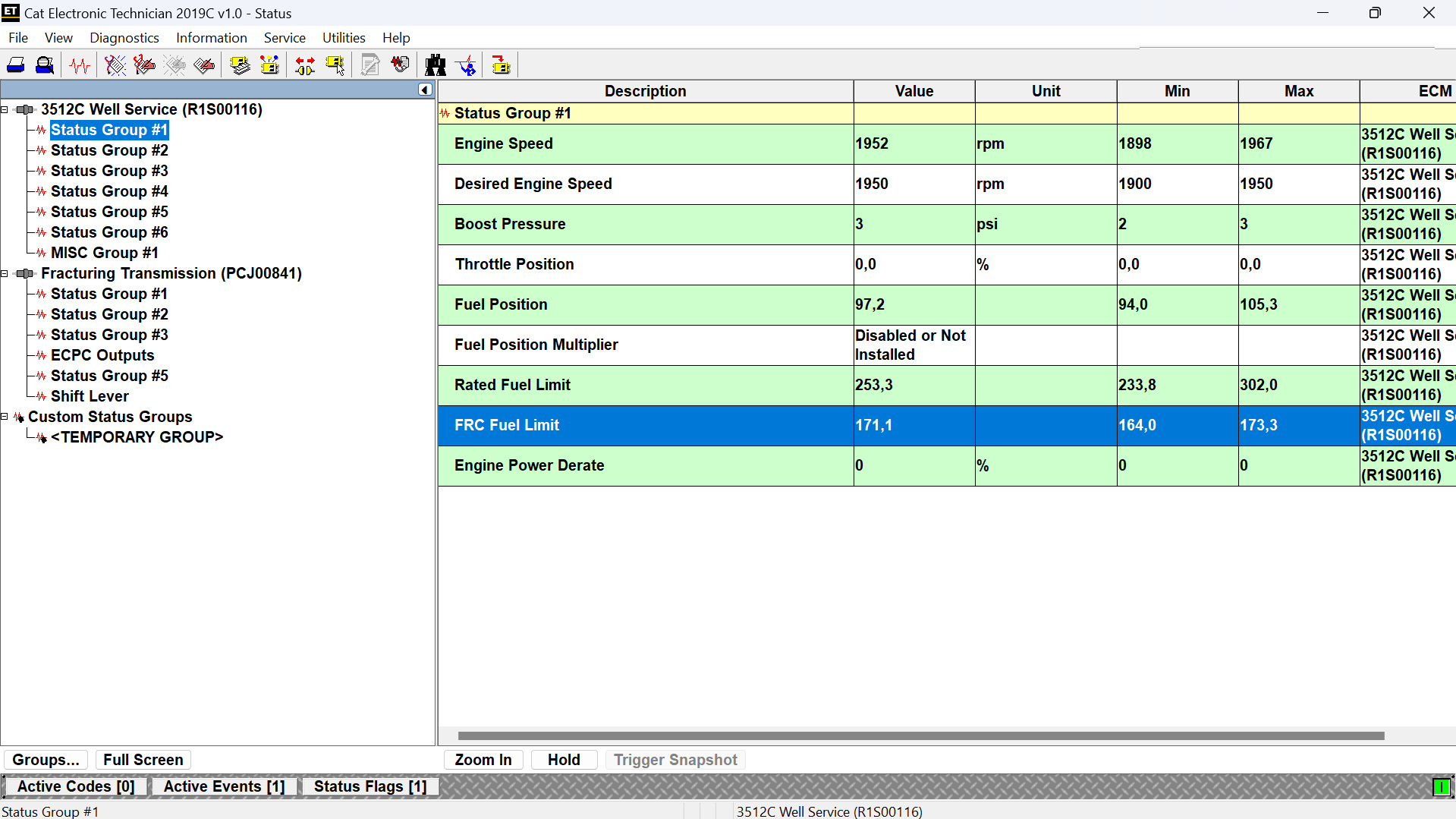
- Higher Boost Pressure: When the ECM detects higher boost pressure, it interprets this as an indication of more air in the cylinder. Consequently, the ECM increases the FRC fuel limit, allowing more fuel to be injected. This ensures the engine has the right air-fuel mixture for efficient combustion.
- Lower Boost Pressure: Conversely, if the boost pressure is lower, the ECM decreases the FRC fuel limit to reduce the amount of fuel injected, maintaining the proper air-fuel ratio.
Summary
The FRC fuel limit is a dynamic control parameter that adjusts the fuel injection based on the boost pressure in the engine. Proper functioning of the turbocharger outlet pressure sensor is crucial for accurate boost pressure readings, which directly influence the FRC fuel limit and, ultimately, the engine’s performance and emissions control. Understanding this relationship helps in diagnosing issues related to fuel injection and maintaining optimal engine operation.
Leave a Reply